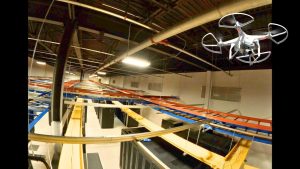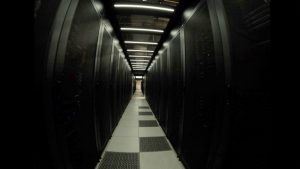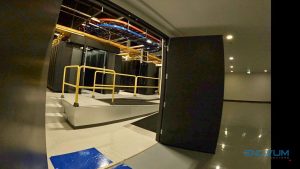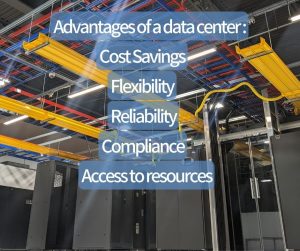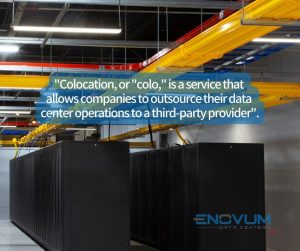In recent months, several technology company executives have explained on Linkedin how they managed to save hundreds of millions of dollars by placing their servers in hybrid colocation rather than putting them with a cloud computing provider.
Their posts detail their strategy, which can be summed up as follows: cloud computing is far too expensive, and owning your servers and placing them in a data center can be much cheaper.
Efim Miroshnik, who leads the technology infrastructure of the popular platform Ahrefs is unequivocal. By choosing not to be in the cloud, his company has saved 400 million US dollars in less than three years. If Ahrefs had chosen the “cloud”, the company would no longer have been profitable.
“Ahrefs has saved ~USD 400 million by ensuring its infrastructure is NOT 100% in the IaaS cloud during the last 2½ years. This figure is growing bigger as we are currently starting another massive colocation data center with new hardware.
While Ahrefs uses AWS benefits for hosting our front end in different parts of the world, the vast majority of Ahrefs’ infrastructure iceberg hides in the colocation with owned hardware. Ahrefs wouldn’t be profitable or even exist if our products were 100% on AWS.”, Efim Mirochnik explains.
A similar pattern came from the CTO of 37signals, the company behind the popular Basecamp platform. He recently decided to take his servers out of the “cloud,” and he expects to save millions. “Now our sights are set on a total cloud exit by the end of the Summer, and by our preliminary calculations, we stand to save about $7m in server expenses over five years. Without changing the size of our ops team.”, explains David Heinemeier Hansson.
Being in the cloud, the monthly cloud computing bill for 37signals was 3.2 million US dollars.
He adds:
“Don’t let the entrenched cloud interests dazzle you into believing that running your own setup is too complicated. Everyone and their dog did it to get the internet off the ground, and it’s only gotten easier since.
It’s time to part the clouds and let the internet shine through.”
Ahrefs and 37Signals thus favour hybrid mode, i.e. migrating part of its data or its demand for computing power to its servers and installing them in a data center, and leaving the other part in the ” cloud”.
And this observation is not anecdotal, far from it. Look at this diagram from Flexera. The firm interviewed 753 respondents in a survey conducted at the end of 2021.
Global cloud decision makers and users surveyed revealed their experiences with cloud computing.
Most of them say they spend more than expected on cloud services.
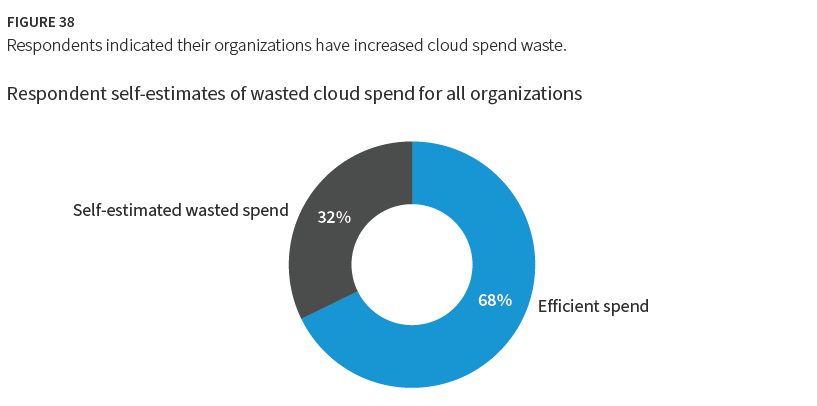
Waste in cloud computing
Wasted cloud spend is a major issue and becomes more critical as cloud costs continue to rise.
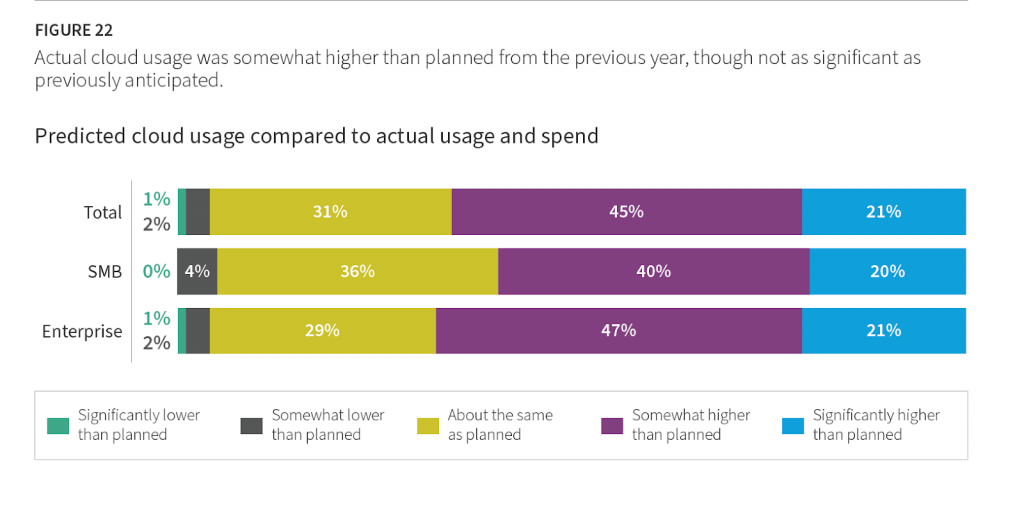
Respondents to the Flexera study estimated that their organizations were wasting 32% of cloud spend, up from 30% last year.
Another recent post reveals a trend among several companies to opt for a hybrid colocation mode to save millions. It was the president of Dell who explained it recently on Linkedin. “One of our customers achieved massive improvements in both performance and cost by repatriating their #AI analytics workloads from a hyper scaler to a colocation provider using Dell #PowerEdge and #ECS Object Storage. This move resulted in a 4-5X boost in performance and over $2M/month in monthly cost savings. At Dell Technologies, we’re all about empowering our customers to achieve their goals by providing them with the right tools and solutions”, he explains.
CTOs and CFOs, take a look at your latest cloud bill.
Are redundant cloud services right for your business? Are you paying for unnecessary services? Analyze the savings by moving part of your cloud services to a managed colocation or a hybrid product. The financial savings will be substantial.
About us:Enovum Data Centres builds and manages mission-critical digital infrastructure powered by renewable hydroelectricity in its Montreal flagship facility. From single cabinets to hyperscalers, Enovum is vertically integrated to deliver speed, connectivity options and quality with a robust infrastructure. Enovum is transparent: we provide live monitoring of your environment within your space. Enovum has access to all major carriers locally with multiple redundant dark fibre paths and a 100% carrier-neutral location.


